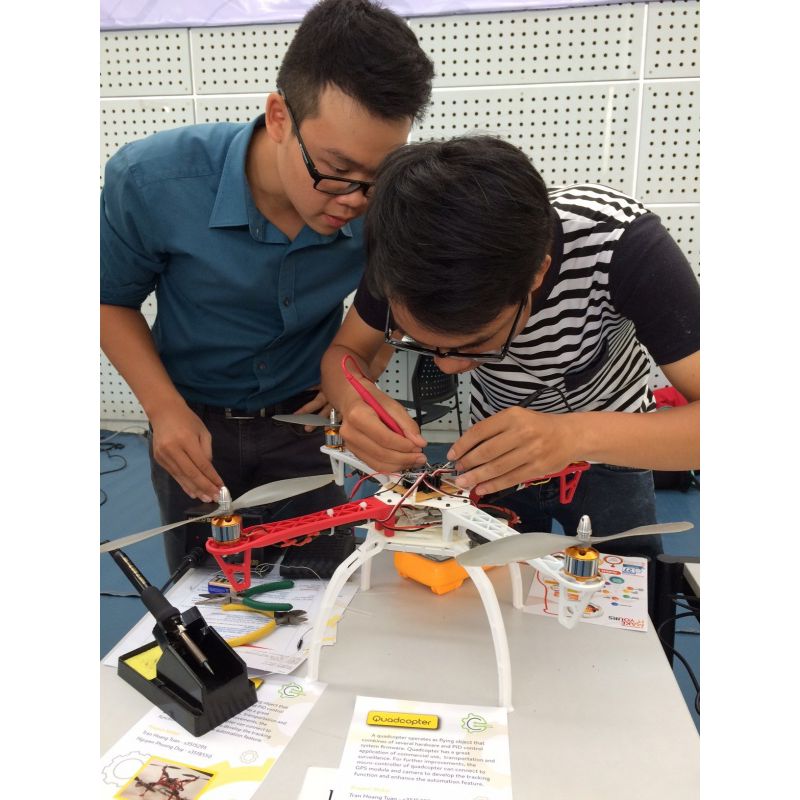Generative AI and the rise of e-commerce deviant behaviour
While fraudulent returns and fake reviews have long plagued online retailers, a new twist is emerging: AI-powered return fraud.
Australia now bans social media for under-16s. Should Vietnam follow?
From 10 December 2025, Australia is the first country to officially ban users aged under 16 from owning a social media account. RMIT experts discuss the potential implications of a similar ban in Vietnam.
Suicide in men: Rethinking masculinity to battle the silent struggle
Men die by suicide at significantly higher rates than women - a reality closely linked to rigid masculine expectations and the social pressure on men to suppress their emotions.
RMIT Vietnam promotes Vietnam–Poland higher education collaboration
The Vietnam–Poland Higher Education Forum 2025 welcomed over 100 senior leaders and academic representatives from 38 universities and institutions from both countries.





